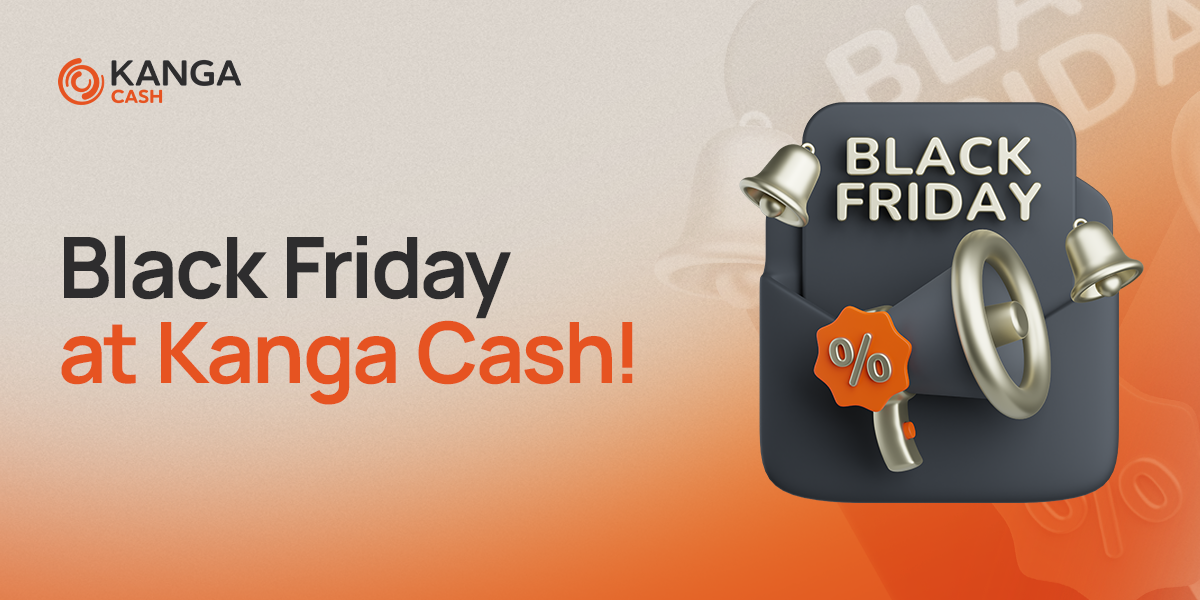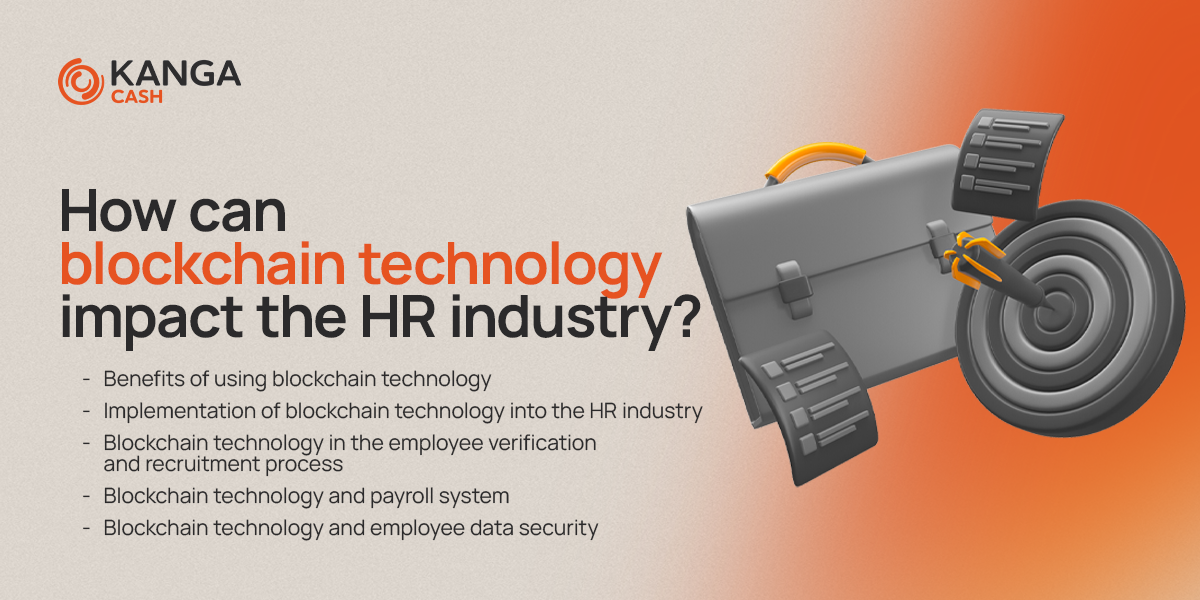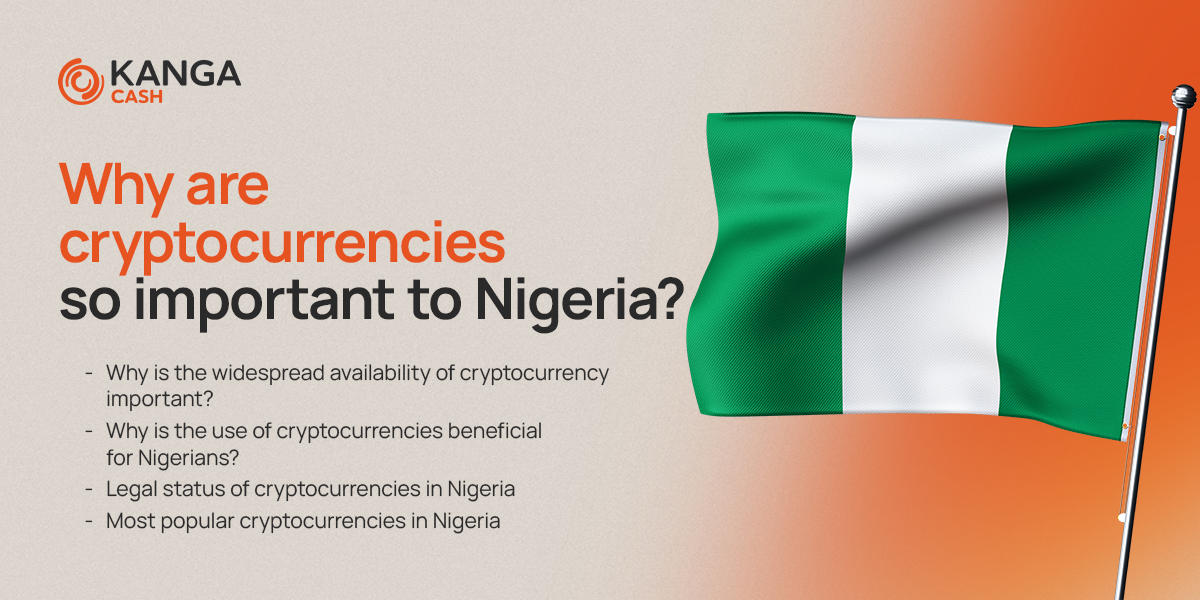Stablecoin - What is it and how does it work?

If we were to consider the main drawback of the most popular cryptocurrencies in the form of bitcoin or ethereum, it would certainly be the issue of too much market volatility. This one refers to users’ anxiety about changes in the value of an asset. The greater it is, the greater the likelihood of sharp price reversals. The solution to this problem and a kind of gap between digital and fiat currencies is stablecoin. What is it and how does it function in the modern financial market?
Stablecoin – what is it?
Stablecoin is a cryptocurrency with a value closely correlated to the price of a traditional asset (such as the US dollar). It was created as a remedy for the aforementioned dynamically changing prices of cryptocurrencies, which, due to their volatility, seem to be losing their importance as a form of payment. At the same time, stablecoins are an important part of DeFi (Decentralized Finance) systems and applications that allow financial transactions to be carried out without an intermediary in the person of a broker or banking institution. At the same time, stablecoins of the likes of Tether (USDT) and USD Coin (USDC) are characterized by high market capitalization.
Why don’t these types of currencies share the same value? This is because they use different tools to secure their price. For the most part, cryptocurrency “quotations” depend on the market situation and the number of people who decide to buy them (in the hope of an adequate profit from their sale). In contrast, the stablecoin project assumes the existence of a monetary unit that is expected to change its value only minimally. For example, if a person spends a stablecoin pegged to the U.S. dollar the first week, and in the second week decides to check its value on a cryptocurrency exchange, the probability of loss will be negligible.
How does stablecoin work?
Assets that affect stablecoins include fiduciary currencies (i.e., so-called traditional means of payment), other cryptocurrencies, precious metals and algorithmic functions. These can both support their development and affect the level of risk associated with the purchase of a particular stablecoin. An asset linked to a real asset is stable because it is integrated into a centralized financial system, such as a central bank. Its position allows it to control prices in case of fluctuating valuation.
When stablecoin is not connected to a centralized financial system, this increases the risk of the occurrence of overly dynamic price changes. It all comes down to the lack of a regulatory body that controls the linkages of a stablecoin.
What types of stablecoins are on the market?
Stablecoin with fiat currency support is referred to as I owe you (IOU). In its case, the user uses the fiat currency he owns to acquire stablecoins. These later can be exchanged for the original currency. Their biggest advantage is their low price fluctuations.
Crypto-backed stablecoin is not as stable an asset as IOUs, but it is still protected from market volatility thanks to cryptocurrency hedging. The dai, which operates on the Ethereum blockchain and is closely tied to the US dollar, falls into this category.
Commodity-backed stablecoin can be seen as a kind of representation of individual commodities whose value is supported by secured reserves (held by a central unit). These are physical assets such as precious metals, real estate and oil. Gold is considered the most frequently secured commodity, but it should be borne in mind that these commodities are still prone to price reductions.
Algorithmic stablecoin is an interesting case among the others because it is not backed by any asset. It is for this reason that it is treated by the crypto community as the one most difficult to define. The algorithm used by stablecoin allows it to protect the asset from large fluctuations in value. Let’s assume that the price of a single algorithmic stablecoin (such as AMPL) is 1 US dollar. If its value rises, the algorithm’s task will be to release more tokens for sale to equalize the price automatically. When it falls, the pool to be purchased will decrease to bring the value back to $1.
Why is stablecoin so popular?
The popularity of stablecoin is most likely due to a simple fact: its design simultaneously preserves the advantages of cryptocurrencies (mobility, accessibility) and minimizes the disadvantages that accompany them (excessive volatility of market value). Still, stablecoin is a decentralized asset and part of the DeFi world, which opens up opportunities in the form of faster money transfers, access to financial services excluding apps, financial privacy and a reduction in fees for transfer services.
However, it should be remembered that stablecoins nevertheless do not have the same investment potential as traditional cryptocurrencies. It is better to use them as digital cash rather than as a tool for speculation.
One can use, for example, the stablecoin of the Kanga Exchange cryptocurrency exchange, or omega gold (oPLN), for this purpose. At the same time, the user can stake it in the PoS account, which will increase its value!


